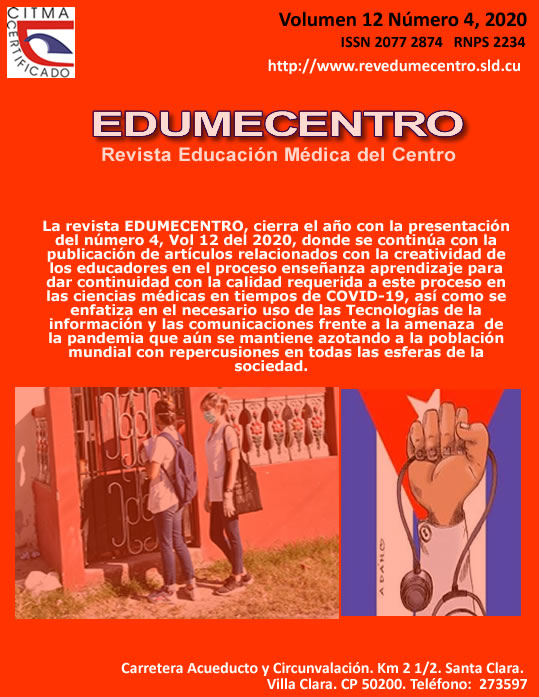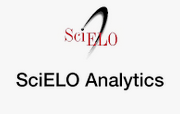Medical education in the educational-therapeutic diagnosis of hypertensive patients with altered arterial stiffness
Keywords:
hypertension, strategies, risk factors, health status indicators, research design, health promotion, education, medicalAbstract
Background: the preventive nature of the Cuban health system, as a principle for its development, guides the training of a doctor who consistently responds to the health problems of the population; hence medical education prepares them to apply the latest scientific findings in disease prevention and treatment.
Objective: to assess the contribution of an educational-therapeutic diagnostic strategy aimed at preventing vascular complications caused by hypertension.
Methods: a pedagogical research was carried out at “José Martí Pérez” University Polyclinic in Santiago de Cuba during 2019. Theoretical methods were used: analysis-synthesis, systemic-structural, holistic-dialectical, hermeneutical-dialectical and inductive-deductive; empirical ones: surveys, documentary analysis, socialization workshop with specialists, and educational techniques; statistics: descriptive techniques and percentage analysis.
Results: a strategy consisting of educational-therapeutic intervention actions was applied, it was concretized in a health educational diagnosis project, which allowed to increase the level of knowledge of hypertensive patients about their disease; after its implementation, it was found that they did not develop vascular complications, which generated a greater commitment to their health.
Conclusions: the specialists valued the professional scientific nature of the strategy and its relevance as adequate. Its implementation contributed to the education of patients as a contribution to medical education at the primary health care level.
Downloads
Published
How to Cite
Issue
Section
License
Los autores que publican en esta revista están de acuerdo con los siguientes términos:- Los autores/as conservarán sus derechos de autor y ceden a la revista el derecho de primera publicación de su obra, el cuál estará simultáneamente sujeto a una Licencia Creative Commons Reconocimiento-NoComercial-CompartirIgual 4.0 Internacional (CC BY-NC-SA 4.0) que permite a terceros compartir la obra siempre que se indique su autor y su primera publicación esta revista.
- Los autores pueden establecer por separado acuerdos adicionales para la distribución no exclusiva de la versión de la obra publicada en la revista (por ejemplo, situarlo en un repositorio institucional o publicarlo en un libro), con un reconocimiento de su publicación inicial en esta revista.
- Se permite y se anima a los autores a difundir sus trabajos electrónicamente (por ejemplo, en repositorios institucionales o en su propio sitio web) antes y durante el proceso de envío, ya que puede dar lugar a intercambios productivos, así como a una citación más temprana y mayor de los trabajos publicados (Véase The Effect of Open Access) (en inglés).










